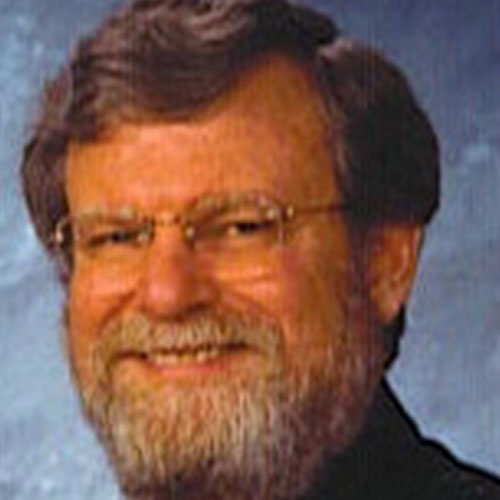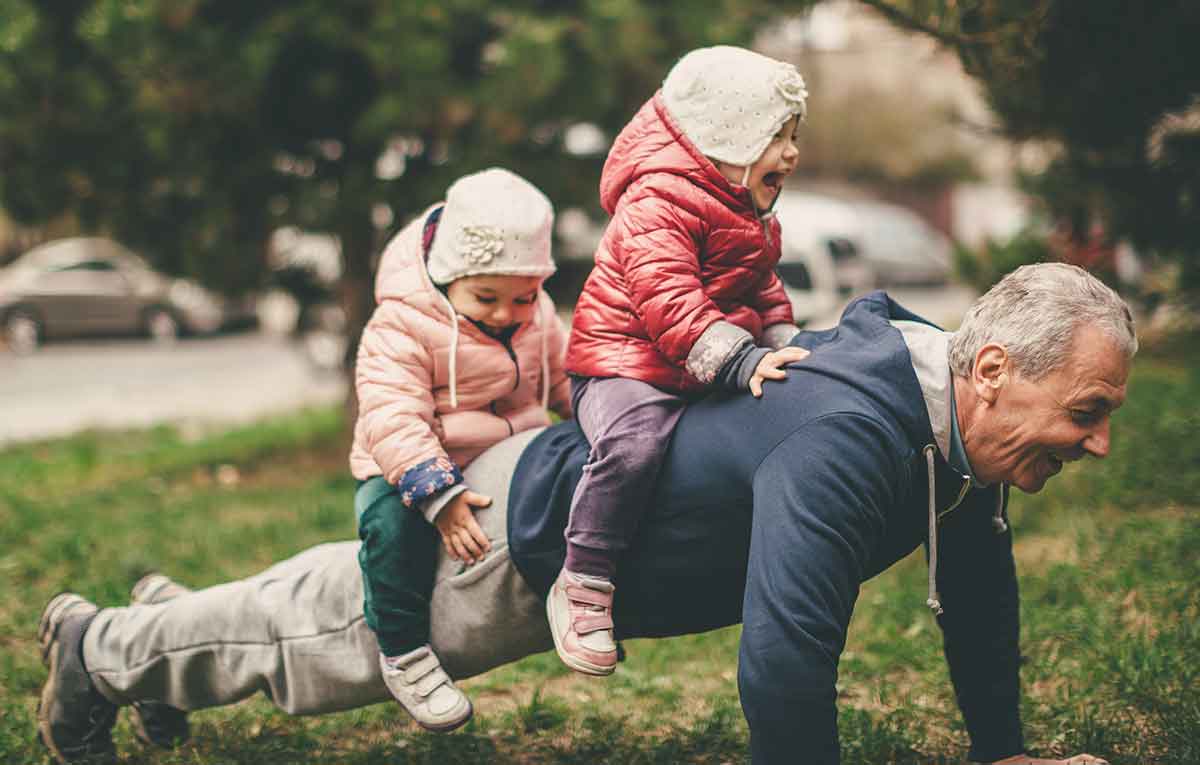Part II: How Young Children Learn About the Meaning of Death
In our contemporary Western societies many children do not develop a clear and coherent idea of death. This is mainly because many parents find it so difficult to be in tune with their youngsters’ observations and thinking in this area and to talk with them about it at their level of interest and understanding. They may also have suffered early encounters with death that were too painful to master; or they may fear that any consideration of death will arouse their own and their child’s concerns about death.
For all of us, the fact that death is an inevitable aspect of life remains a fearful and difficult thing to contemplate, one we shy away from, think about only when we have to, and one with which we find hard to come to terms.
Parents with young children, in the midst of a period that brims with life, often feel that death has no right to encroach upon them, that they can afford to keep it out of their own minds, and can spare their children. This wishful attitude blinds them to the actual frequency of their children’s observations of death, to its interesting novelty to them, which they have not yet learned to screen out the way adults often do.
However, most parents want to assist their children with all aspects of life and are even willing to include death, when they realize how helpful it is for children to learn about it step by step, starting with ordinary daily experiences, and focusing on the concrete understanding of what dead means. Their wish to do well by the child often enables them to overcome their own inner qualms sufficiently to work on the basic idea with their child, which will serve as a base for solving problems with the harder aspects yet to come.
During the later preschool years, children begin to include people they know, as well as themselves, among those who may die, and they struggle to extend their idea of death to “Everyone has to die eventually.” In the neighborhood and at nursery school, they hear of the deaths of grandparents, relatives and pets. In their own families a distant relative may die, or someone Daddy knows at work, or the parents may need to attend a funeral and the children note sad and upset expressions.
All these experiences provide opportunities for further questions and answers, help the child solidify her or his grasp of death, of its causes, and how it applies to people; what causes people’s deaths, what is a full or an interrupted life span, how we dispose of human dead bodies, and which rites we observe in this connection?
These experiences also bring death closer. They touch on the realization that this could happen to my loved ones and even to me. This often causes concern and anguish: “Mommy, how old are people when they die?”; “Mommy, how old are you?”; “Is that very old?”; “Sue’s Grandma died. Will our Grandma die too?” At times, however, the knowledge of death also provides a content for angry wishes, for “drop dead” thoughts. Mostly these are but dimly imagined, or appear in disguised concerns or worries that something will happen to a loved one, but occasionally we hear children verbalize outright, “I hate you. I want you to go away and never come back. I wish you would die!”
No parent enjoys dealing with the children’s death-related worries and angers, but many parents manage even this quite well. They do not panic at the child’s questions and statements and, without denying mortality, stress that they expect the full life cycle to continue and that premature deaths in others are very unusual. For example, “I am sorry that Mr. Adams died. He was very old. He was a Grandpa for a long time, and that is when people die.”
Alternatively, “I am sorry that your friend’s Dad is dead. It is very unusual for a Mommy or Daddy to die. Your Dad and I expect to live a long time. We will take care of you all along, and when you grow up and have children, we will enjoy being their grandparents.” Another choice is, “Your Grandma is old but she is not very old, and I expect her to live for a long time. Usually people do not die until they get very, very old.”
When parents are faced with the child’s angry wishes, or with the concerns that arise from them, they may counter with, “Well, people never die because someone wanted it. You and I will go on being alive and well.” Likewise, the child’s own worry that she or he may die is put in its proper perspective. For instance, “You are very safe and we keep you safe. We expect you to grow up and be a Mommy (or Daddy) and then a Grandma (or Grandpa). I know you heard about the little girl who died, but she had a very special, unusual illness, and that is scary and sad, but it is not like the illnesses you get. Most illnesses doctors can help with and people get well again.”
The idea that all life eventually ends is best assimilated when it does not present an immediate threat to the child or loved ones, when real causes are distinguished from imaginary ones, and when neither angry feelings nor lack of love bring death. During the subsequent years of elementary schooling, these ideas become more fully integrated.
As occasions arise, children learn more about the rites we follow when a death happens, e.g., the services, the choice between burial and cremation, and the ways we express support and sympathy. During this phase in their development, children also begin to think in abstract terms and can add religious or philosophical convictions to their earlier concrete understanding of death, such as beliefs in the survival of the soul or spirit.
A child’s grasp of the basic concrete aspects of death is a prerequisite for dealing with a bereavement; that is, with the loss through death of a person with whom she or he maintained a relationship. When fate confronts young children with such losses before they know at least what dead means, it is much harder to learn this idea and to deal with the bereavement.

